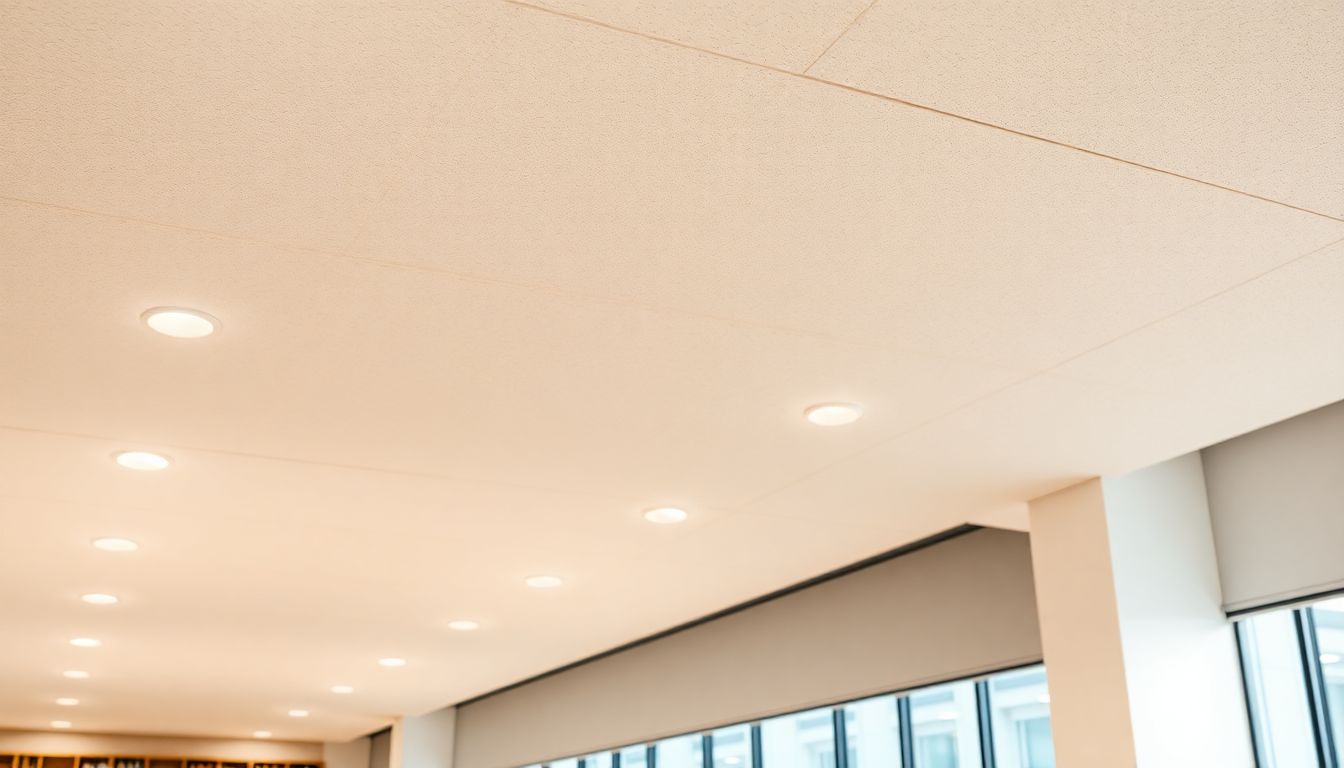Fire Regulations:
communal living areas
Thousands of fire incidents occur yearly in communal living areas, often leading to devastating consequences. According to the National Fire Protection Association (NFPA), hundreds of lives are lost, and millions of pounds in property damage result from these fires. This highlights the critical need for fire-resistant materials in shared spaces. This guide will cover important fire regulations for walls and ceilings in communal areas, underscoring the necessity of compliance and safety for all residents.
Understanding Fire Codes and Regulations
Fire safety begins with understanding the codes that govern building structures. Familiarity with the following guidelines is essential:
- National Fire Protection Association (NFPA): This organisation sets widely recognised standards for fire safety.
- International Building Code (IBC): This code provides comprehensive regulations for construction, which includes fire code requirements.
Regulations can vary depending on the type of building occupancy:
- Residential Buildings: strict codes for apartments and flats aim to ensure safety for all occupants.
- Commercial Spaces: Offices and retail sites must follow different regulations tailored to their unique fire risks.
Failing to adhere to these regulations can lead to serious penalties, including hefty fines and legal repercussions.
Wall Construction and Fire Resistance
Selecting the right materials for walls is crucial for fire safety. The following types of materials are considered fire-resistant:
- Drywall: Often used for its cost-effectiveness and efficiency.
- Concrete and Masonry: Offer superior fire protection due to their dense structure.
Fire-resistance ratings, measured in hours, determine how long a wall can withstand a fire without losing its structural integrity. Common ratings include:
- 1-hour: Suitable for many residential buildings.
- 2-hour: Required for more demanding commercial applications.
Correct installation and routine inspections are vital to ensure these walls maintain their fire resistance.
Ceiling Construction and Fire Protection
Ceilings also play a key role in fire safety. Materials that are suitable include:
- Gypsum Board: widely used for its excellent fire-resistance properties.
- Metal Ceilings: Provide durability and help contain fire.
Sprinkler systems significantly enhance ceiling fire protection requirements. They aid in suppressing fires before they spread. Additionally, smoke detectors need proper placement to effectively detect fires, typically located on ceilings for optimal coverage.
Compartmentalization and Fire Barriers
Fire-rated walls and ceilings help achieve compartmentalisation, which limits the spread of fire. Maintaining the integrity of fire barriers during construction and renovation is crucial to preserving safety standards. A real-world case study demonstrates that a well-implemented compartmentalisation strategy significantly reduced the spread of fire, saving lives and minimising damage.
Inspections, Maintenance, and Ongoing Compliance
Regular fire safety inspections are essential to ensure compliance with fire regulations. The frequency of these inspections often varies but should be conducted at least annually. Proper maintenance of fire-resistant materials is equally important. Engaging professional services for inspections and certifications ensures compliance with the latest laws and standards.
Best Practices and Future Trends
The field of fire safety is constantly evolving with new technologies. Emerging materials, such as smart fire-resistant coatings, are becoming popular for their added protection. Best practices for designing fire-safe communal areas include:
- Incorporating clear escape routes.
- Designing with open spaces that promote airflow and visibility.
An expert in fire safety emphasises that proactive measures can drastically reduce risks in communal spaces.
Conclusion
In summary, understanding fire regulations for walls and ceilings in communal areas is vital for safety. Fire-resistant materials, strict compliance, and regular inspections play significant roles in protecting residents. Prioritising fire safety in shared spaces not only adheres to legal standards but also ensures the safety of everyone involved.
For your peace of mind, consider reaching out to fire safety professionals for guidance and support. 
